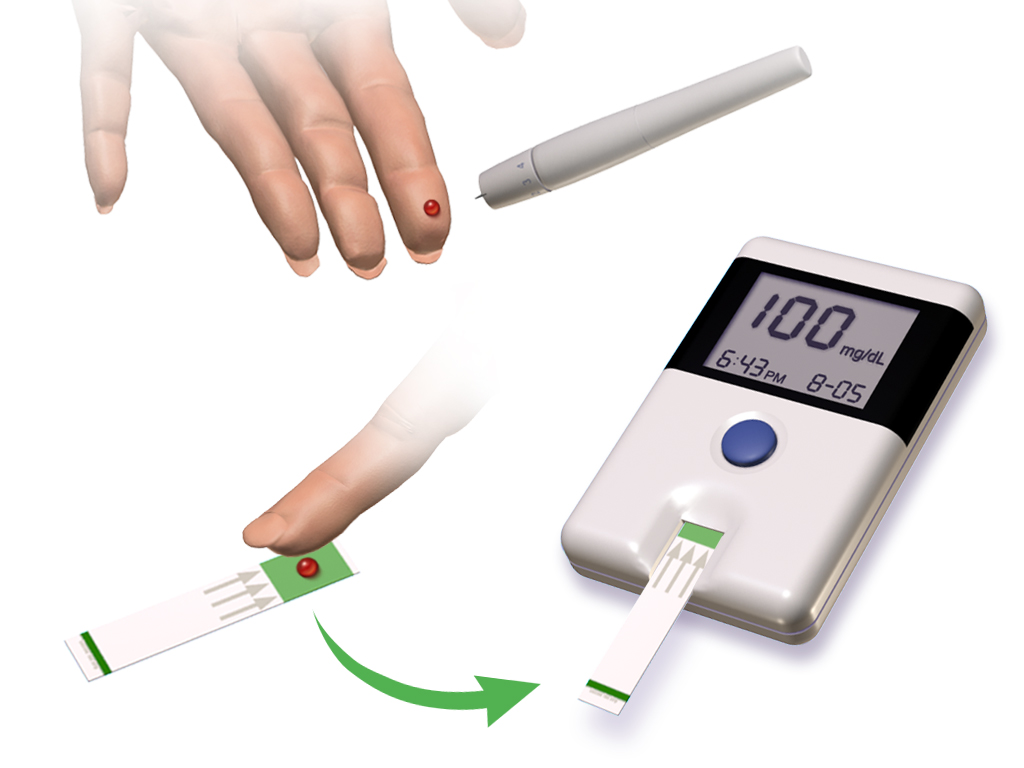**This is a repost from November 2014**
Halloween is over, and if you're like most people, it's difficult to resist indulging the the sweets brought home by household trick-or treaters, or left over candy.. Most of us are fully aware that chronic intake of foods with high glycemic loads can lead to health problems, such as weight gain and type II diabetes...but did you know that elevated blood glucose levels can worsen chronic pain?
Here's a short explanation of the problem: When you ingest candy, or any other food that has a high glycemic index, there is an immediate spike in blood glucose levels. As mentioned, these blood sugar spikes are bad news for those with diabetes; when blood sugar levels are frequently allowed to spike, complications of the disease, such as diabetic neuropathy, become more problematic. For those with chronic pain--diabetic or not--elevated blood sugar levels cause a chain of reactions that damage body tissues and promote inflammation. This inflammation leads to a worsening of pain. So, by being mindful of sugar intake, a person can actively help him/herself to control chronic pain conditions.
It's probably okay to have a little of the sweet stuff every now and again....but when it's a regular habit, it is sure to cause t-r-o-u-b-l-e! Keep in mind also that some foods are not as sweet to the taste as candy, but have a high glycemic index because they are starchy--potatoes are a good example. You can check they glycemic index of foods at this link if you want to know more about this topic.
Sources:healthcentral.com, glycemicindex.com,wikimedia

Comments
Post a Comment